Scicards, Calma, PCAD, Visula are a few names (with respects to their associated trademarks) associated with retired PCB design systems. Newer, more advanced and ever more capable systems have replaced the venerable workhorses. DDR, HDI and Giga-bit are typical terms that indicate the level of technology, and complexity, required in modern circuit design. For example, modern cell-phones that fit in your hand or pocket have exceptional capabilities and computing power, and automobiles feature integrated navigation and communications systems.
Design software, electrical and mechanical, has had a remarkable impact on design, packaging and performance. The latest offerings provide the engineer with valuable tools to improve circuit design and operation, package shape, package space utilization and assembly methods and techniques.
However, the software is only as good as the person behind the keyboard. As L. Frank Baum penned in his novel, The Wonderful Wizard of Oz, the Wizard remarked “Why, anybody can have a brain. That’s a very mediocre commodity.” So it’s really what’s in the brain, or better yet, what’s in the person that is of paramount importance.
Sometimes we can place too much worth on what type of software system is needed for us to create the marvelous designs in use today. It is important that, whatever system is chosen, the system can handle the necessary design requirements, constraints and technology that are imposed by executives, managers and designers. Design system choice and implementation is significant, as very capable tools are available today that exceed similar tools from just 10 years ago.
However…
In an IPC Designer’s Council local meeting I attended some years ago, the guest speaker asserted that the capability of the designer is more important that the software. Know-how and understanding of the design issues and requirements are crucial to the success of a design. Good communication skills along with resourcefulness are essential to a designer’s skill set. Add to these items honesty, integrity, conscientiousness and diligence, which are qualities (ethics) that cannot be emulated in code.
Long story short: what is under the hood, so to speak, of your designer or design team? Software can be improved or replaced, as well as hardware, operating systems, offices, the plant sitting next to your cubemate’s phone, but good, quality design talent is so much more important than these! Those older systems mentioned earlier? Many designers prove on a daily basis that it’s the designer (or engineer) behind the software and not just the software itself that makes a project a success.
Anybody will do for you, but not for me. I must have somebody. – Abraham Lincoln
